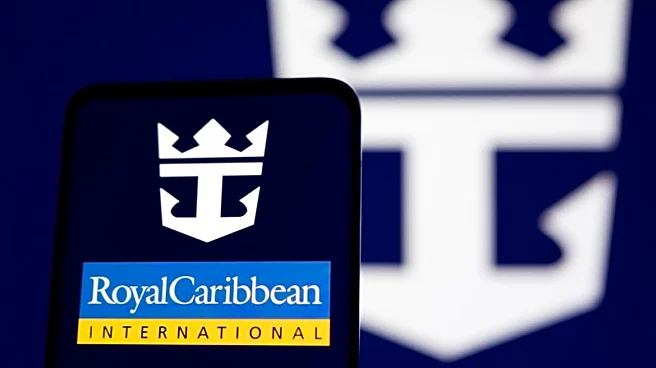What's Happening?
Sinclair Broadcast Group is set to invest $300 million to reshape its Ventures portfolio, aiming to boost its undervalued stock. The company reported a second-quarter net loss of $89 million, with revenues down 8% to $768 million. Sinclair Ventures, a unit
of Sinclair, includes investments in the Tennis Channel and Compulse advanced advertising business. The reorganization aims to make Sinclair's finances more transparent, allowing investors to better value its parts. Sinclair Ventures plans to shift its portfolio from minority-owned investments to majority-owned and consolidated investments, with a current valuation of $1.245 billion.
Why It's Important?
Sinclair's decision to invest heavily in its Ventures portfolio reflects a strategic shift towards majority ownership, which could enhance operational control and financial transparency. This move is crucial as Sinclair navigates a challenging media landscape, where traditional pay-TV subscribers are declining. By focusing on majority-owned investments, Sinclair can better integrate these assets into its broader media ecosystem, potentially driving growth and shareholder value. The investment also signals confidence in Sinclair's ability to adapt to industry changes and capitalize on emerging opportunities.
What's Next?
Sinclair's reorganization and investment strategy are expected to unfold over the coming months, with potential impacts on its financial performance and market positioning. The company anticipates growth in net retransmission revenue and plans to launch 45 free, ad-supported streaming TV channels. Sinclair's focus on local media and sports broadcasting could attract political advertising, especially as broadcast inventory tightens. The company is also preparing for a record presidential election year in 2024, which could further boost its advertising revenue.
Beyond the Headlines
Sinclair's strategic shift towards majority-owned investments highlights a broader trend in the media industry, where companies are seeking greater control over their assets to drive efficiency and value creation. This approach could set a precedent for other media firms facing similar challenges, emphasizing the importance of operational integration and strategic alignment in a rapidly evolving market.















